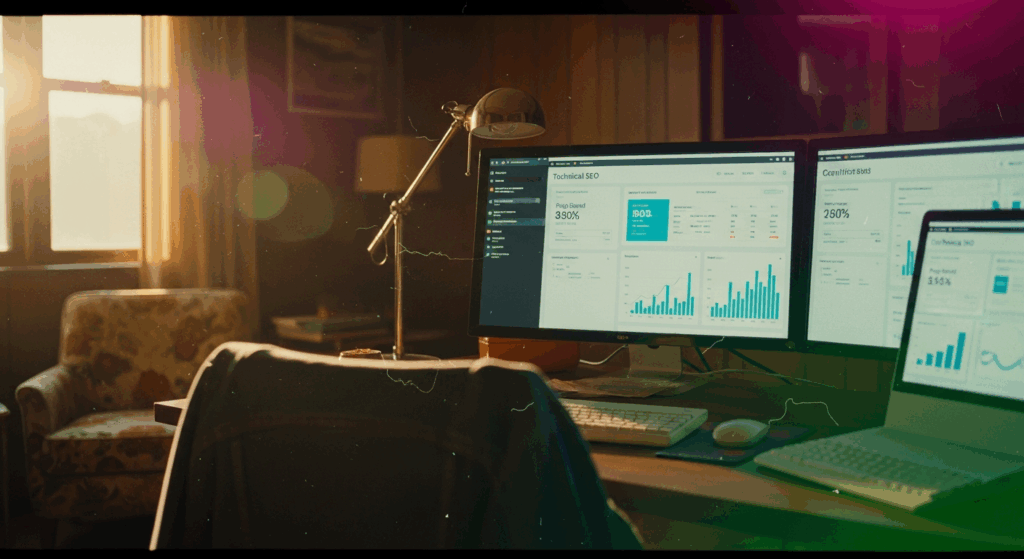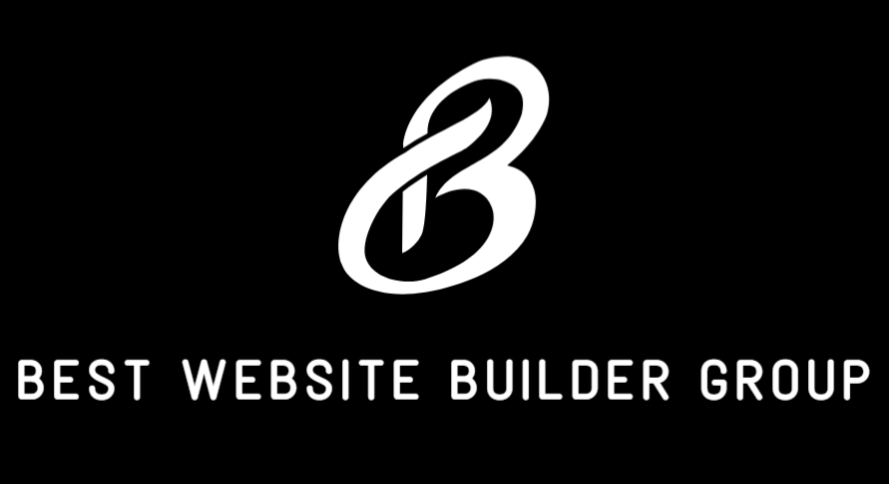Many business owners and marketers want to know How To Do Technical SEO to improve their website’s visibility, speed, and performance. Technical SEO focuses on optimizing the infrastructure of a website so that search engines can crawl, index, and rank it efficiently. It ensures that every technical element, from code to site speed, is aligned with search engine standards. Without a solid technical foundation, even great content struggles to reach its audience. Understanding how to perform technical SEO effectively is key to long-term growth and better rankings.

What Is Technical SEO and Why It Matters
To understand How To Do Technical SEO, you must first know what it is. Technical SEO refers to improving website features that affect search engine visibility but are not directly related to content. It involves optimizing site speed, URL structure, indexing, schema markup, and mobile responsiveness. The goal is to make your website as accessible and understandable as possible to search engines like Google.
Technical SEO ensures that your content can be found and ranked properly. Even if your content is optimized with the right keywords, it won’t perform well if search engines can’t crawl or index your pages efficiently. This makes technical SEO the foundation of all digital marketing efforts. Businesses often begin their optimization journey by investing in professional Technical SEO Services to ensure their sites meet modern web standards.
Optimizing Website Speed and Performance
Website speed is one of the most critical components when learning How To Do Technical SEO. Slow-loading pages frustrate users and lead to higher bounce rates, which directly impact rankings. Google has confirmed that page speed is a ranking factor for both desktop and mobile searches. A faster website enhances user experience and increases the likelihood of conversions.
Improving speed involves compressing images, reducing server response times, enabling caching, and minimizing CSS or JavaScript files. Tools like Google PageSpeed Insights and GTmetrix can help identify areas for improvement. Consistent website performance also depends on proper maintenance, which is why our Website Maintenance plans focus on optimizing speed and ensuring consistent uptime.
Mobile Optimization and Responsiveness
Another key factor in How To Do Technical SEO is ensuring mobile optimization. With most users browsing on mobile devices, Google now uses mobile-first indexing, meaning your site’s mobile version determines its ranking. A website that is not responsive can lose valuable traffic and credibility in search results.
Responsive web design automatically adjusts to different screen sizes and resolutions, offering users a seamless experience on any device. Mobile optimization also includes ensuring fast loading times, readable text, and easy navigation. Investing in mobile-first design through professional web services such as WordPress Website Design ensures that your site performs well across all platforms.

Improving Crawlability and Indexing
When exploring How To Do Technical SEO, crawlability and indexing are essential. Search engines use crawlers, or bots, to scan your website and determine what content should appear in results. Ensuring that your pages are easily crawlable helps search engines understand your website structure and prioritize relevant content.
To enhance crawlability, use an XML sitemap, optimize robots.txt files, and fix broken links. Avoid duplicate pages and ensure canonical tags are in place. Submitting your sitemap through Google Search Console helps speed up the indexing process. These steps make it easier for search engines to access your pages, improving overall visibility and organic ranking potential.
Structured Data and Schema Markup
Structured data plays a crucial role in How To Do Technical SEO. It helps search engines better interpret your content and display rich results, such as star ratings, product details, and event listings. Schema markup uses a standardized format to provide this data, making it easier for search engines to understand the context of your pages.
Implementing schema markup not only enhances visibility in search results but also improves click-through rates. Adding this structured data can turn standard listings into rich snippets that attract more attention. For example, a product page can display reviews and pricing directly in Google results, giving users more reasons to visit your site. A well-structured technical SEO setup provides a measurable advantage in competitive industries.
HTTPS and Website Security
Security is another critical factor when learning How To Do Technical SEO. Websites using HTTPS are given ranking priority because they ensure data protection and user trust. Google labels non-secure sites as “Not Secure,” which can discourage visitors. Migrating your website to HTTPS not only boosts security but also builds credibility with customers.
Implementing SSL certificates encrypts communication between your server and visitors, reducing the risk of cyber threats. In addition, secure websites are less likely to be penalized or blacklisted. Regular monitoring of certificates and site vulnerabilities should be part of every business’s long-term SEO strategy. At Best Website Builder Group, maintaining this technical security is part of our comprehensive SEO Services for lasting online success.

Fixing Broken Links and Redirect Errors
When learning How To Do Technical SEO, identifying and repairing broken links is often overlooked but extremely important. Broken links lead to poor user experience and signal to search engines that your site may not be maintained properly. Regular link audits can detect and fix these issues quickly.
Redirects also play a vital role in maintaining site health. Using the correct type of redirect—such as a 301 for permanent changes, ensures that link authority is preserved when URLs are updated. Improper redirects can lead to crawl errors and lost traffic. Monitoring link performance through tools like Screaming Frog and Google Search Console helps prevent ranking drops and ensures smooth navigation throughout your website.
Optimizing URL Structure
Another important part of How To Do Technical SEO is URL optimization. Clean and descriptive URLs are easier for both users and search engines to understand. They should include relevant keywords, avoid unnecessary parameters, and maintain a consistent structure throughout the website.
Good URLs improve navigation and provide context about the page content. For instance, “/services/technical-seo” is more readable and effective than “/page?id=1234.” When creating URLs, consistency and simplicity are key. Ensuring every page follows a logical hierarchy also helps crawlers navigate efficiently. Our Technical SEO Services focus on building clear, optimized URL structures for long-term SEO success.
Using Analytics and Auditing Tools
To master How To Do Technical SEO, regular audits and data analysis are essential. Tools such as Google Analytics, Ahrefs, and SEMrush help identify performance gaps and optimization opportunities. Technical SEO audits reveal site speed issues, missing metadata, crawl errors, and mobile usability problems that can affect rankings.
Auditing your site quarterly ensures consistent improvement and helps prevent issues before they impact performance. Many successful businesses use continuous tracking systems to monitor site health and keyword performance. Using these insights, you can adapt your SEO strategies to align with Google’s latest updates and maintain strong visibility in competitive markets. These audits align perfectly with structured, ongoing care through our Website Maintenance services.

How Technical SEO Supports Content SEO
When considering How To Do Technical SEO, it’s vital to understand that it works hand in hand with content SEO. Technical optimization ensures that content can be discovered and indexed, while content SEO provides the valuable information users are searching for. Without a strong technical base, even the most engaging content may remain invisible to search engines.
For example, a well-written blog post can underperform if your site loads slowly or contains broken internal links. Conversely, an optimized structure ensures that search engines properly read and display your content. Combining these two forms of SEO ensures both visibility and engagement. That’s why successful businesses integrate technical audits, site speed improvements, and keyword strategies into a single cohesive approach.
Conclusion
Learning How To Do Technical SEO is essential for any business that wants to achieve sustainable online growth. From improving site speed and mobile responsiveness to optimizing indexing and security, every technical detail impacts visibility and user experience. A technically strong website builds the foundation for content and marketing strategies to succeed long term.
Best Website Builder Group helps businesses in Palm Bay, Florida, and Kirtland, Ohio implement advanced technical SEO strategies that drive results. Our team ensures that your website performs efficiently, stays secure, and ranks consistently across search engines. With our expertise in design, SEO, and development, we build digital platforms ready for growth, stability, and lasting performance.
